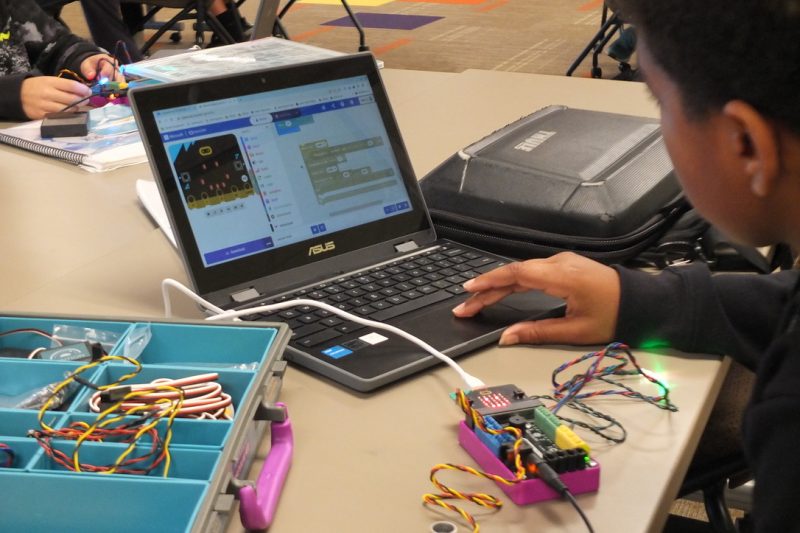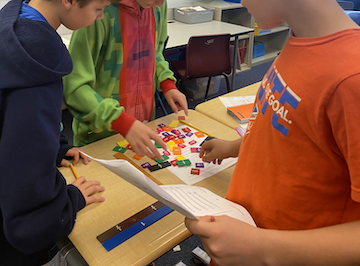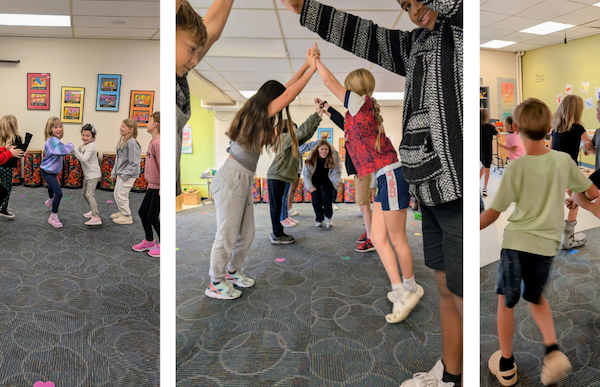
Parenting our ADHD Children with Love and Knowledge
November 20, 2023
Students Excel in STEAM
December 12, 2023
Math disabilities may go undiagnosed more often than reading disabilities, due to a common opinion that math disabilities are less disruptive to a child's life.
Author and professor of special education Kate Garnett disputes this view, stating:
"The effects of math failure throughout years of schooling, coupled with math illiteracy in adult life, can seriously handicap both daily living and vocational prospects." You can read more about math LD from Kate Garnet, here.
Marilyn Zecher, an educator and speaker specializing in multisensory strategies for teaching, uses an effective approach. She explains:
"The multisensory approach is a unique way of 'thinking' about teaching mathematics. Language is critical to address. Hands-on work with manipulative objects is recommended for all students at all ages. It enhances both concept integration and memory. This approach is especially important for LD students and those with conceptual gaps."
Here are a few key elements of this approach:
Essential Language Instruction
Did you know that language impacts the way students retain and retrieve math facts? We use more of the language hemisphere as the math gets more difficult. Using easy and repeatable language and easy math facts with more difficult concepts will allow the concept to be better understood and more easily retrievable.
Multisensory Instruction
Use as many sensory inputs as possible when teaching new concepts. Students should touch, see, feel, and hear simultaneously. This increases neural connections and enhances learning and memory. Some possible multisensory activities include:
- Using objects to form numeracy patterns, for example; dice and domino arrangements, the number line to show accumulation of quantities, construction and deconstruction of quantity using Unifix or linking cubes
- Using craft sticks to demonstrate place value (tally marks at 5 and bundled at 10) and base ten place blocks on a place value mat
- Using objects to demonstrate multiplication and division concepts and patterns
- Using objects to model algebraic concepts such as exponential growth or linear function patterns
Restricted Number Facts
Introduce new material with previously mastered facts to avoid computational complexity. Students use mastered facts to internalize a new concept, then practice with targeted facts to develop fluency through use.
The right instruction builds confidence and leads to mastery of skills that will be important throughout a student's entire life. You can read more about multisensory math techniques at understood.org.




